One of the measures providing road safety is to limit the speed of vehicles. The maximum permissible speed on the highway is determined by traffic rules, signs of speed limits or instructions for the operation of vehicles.
Who is lobbying for an increase in speed on Russian roads?
Until 2009, there was only one state institution in Russia that was entrusted with the functions of managing federal roads, Rosavtodor, which is part of the Ministry of Transport of the Russian Federation. The total length of Russian roads of federal importance is no less than almost 51 thousand km.
And in the summer of 2009, special federal law No. 145 created another government agency directly subordinate to the Russian government in the field of road management - the Avtodor company. Only 2.7 thousand roads are transferred to her for management, among which the most “tasty” ones from the point of view of further commercialization are the M1, M3, M4, M11 routes.
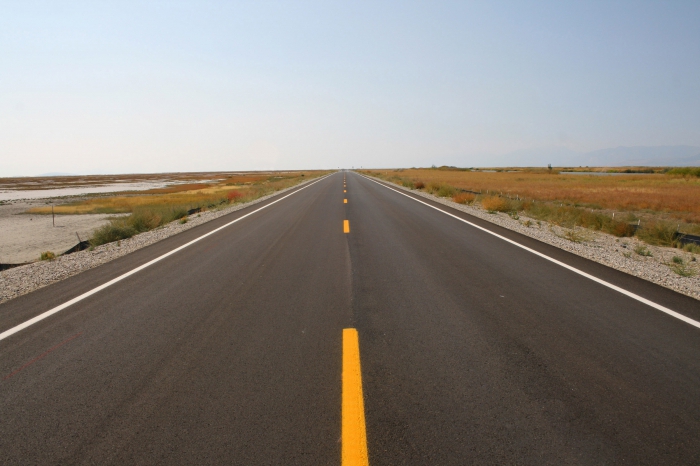
Already now there are paid sections on the M1 and M4 highways, for which the truck driver pays Avtodor up to 400 rubles. Naturally, the higher the speed of movement, the greater the income of a state-owned company. That is why her leadership in December 2012 turned to the traffic police with a proposal that max. the permitted speed on the highway was raised from the existing value of 110 km / h to a value of 130 km / h.
In response, the traffic police demanded guarantees that the roads controlled by Avtodor meet the class "Highway" according to GOST. This means the presence of four or more lanes 3.75 m wide with a central dividing strip and multilevel intersection of other roads.
Why the permissible speed of 130 km / h on the highway does not suit the Ministry of Transport
Then, at the beginning of 2013, representatives of the relevant ministry intervened in the case and opposed the adoption of this decision. The fact is that in addition to the concept of "permitted maximum speed on the highway", which is mainly used by road maintenance workers and the traffic police, there is also the concept of "maximum estimated speed on the roads." It is used mainly by designers and road builders.
With the existing traffic rules and the Code of Administrative Offenses of the Russian Federation, drivers can, without fear of punishment, increase the speed above the maximum allowed by 20 km / h It turns out that if the permitted speed on the highway is 110 km / h, then the real speed with which vehicles can travel along it reaches 130 km / h, and if speed is acceptable - up to 130 km / h, then its real value reaches 150 km / h Designers and builders should be guided by it.
Naturally, with an increase in this indicator, the cost of road construction increases. So the interests of various departments clashed on this issue. Directly controlled by the government, Avtodor lobbied for an increase in speed, while the Transport Ministry, who seemed to be in charge of it, opposed this.
Prime Minister intervenes
The lawsuit of the departments lasted until the summer of 2013, while at the end of July, Prime Minister Medvedev signed new changes to the SDA, which entered into force in early August of the same year. Recall that it was he who in 2009 signed the law on the creation of Avtodor. The changes established that for cars and trucks weighing up to 3.5 tons, the owners of the roads (again "Avtodor"!) Can set the maximum permissible speed on the highway at 130 km / h. Such a road should be indicated by signs 5.1 - “Motorway”.The track, which is indicated by signs 5.3 - “Road for cars”, allows driving the same vehicles along it with a maximum permissible speed of 110 km / h.

What will end the dispute between supporters and opponents of increasing speed?
While the budget of the Russian Federation in 2013 and the first half of 2014 was deficit-free, everything seemed to be going smoothly. Avtodor expanded the number of sections of its roads on which the permitted speed on the highway increased, and Rosavtodor, which is part of the Ministry of Transport, on which 48 thousand km of Russian roads remained unnecessary, Avtodor, tried to repair them and even build new sections. But the situation in connection with the sanctions against Russia has changed. Financing Rosavtodor cut, but the President of the Russian Federation on the doubling of the volume of road construction has not been canceled.
At the end of March of this year, the Ministry of Transport, through the mouth of Deputy Minister Oleg Belozerov and Deputy Head of Rosavtodor Igor Astakhov, again spoke about the need to reduce the estimated maximum speed from 150 km / h to 130 km / h. The Ministry of Transport refers to European standards, according to which roads, the class of which corresponds to the Russian class "Highway", are designed and built based on the speed of vehicles at 130 km / h. The outcome of this dispute will show in the near future.
How many motorways are there in Russia?
So, in order to be able to go along the highway with a top speed of 110 km / h, it needs to be a motorway or express road. The latter differs from the motorway in the possibility of a single-level intersection with other roads. Of the total length of Russian roads in 51 thousand km of tracks of the above classes, only 4-5 thousand km (the figures available on the Network vary), or about 8%. Moreover, these are not full-length routes, but only their individual sections. And their lion's share is concentrated precisely in the state-owned company Avtodor. Moreover, almost all sections where the permitted speed on the federal highway is set to 110 or 130 km / h have already been paid.
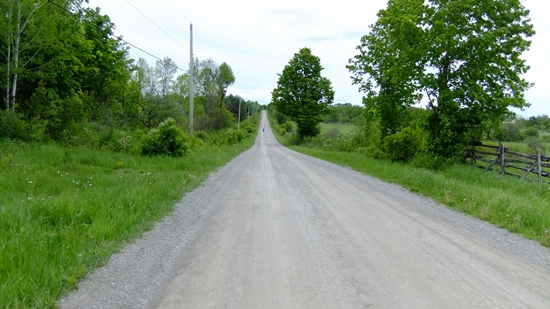
A pleasant exception to this rule was the commissioned in August 2013 free highway from Kemerovo to Leninsk-Kuznetsk with a speed limit of 130 km / h.
What is the maximum speed on the M1?
According to the Avtodor state-owned company, for almost 450 km of the entire length of the highway, it corresponds to the High-Speed Road category. Throughout it is four-lane, and on the 32-39th km section (bypass of Odintsovo) it is generally eight-lane. By the way, it was a site with a length of 18.5 km in the bypass area of this city that was paid. A large infrastructure road junction of the federal level is being constructed here under concession conditions. The concessionaire is OJSC “Main Road”, and the concessionist, of course, is the state-owned company Avtodor.
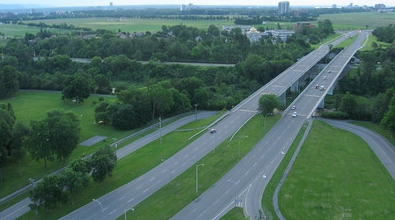
The maximum allowed speed of 110 km / h is set only on the free section of this route from 32.5 km to 43.6 km between Odintsovo and Kubinka, Moscow Region. By the way, in the territory of the Republic of Belarus, the maximum speed is 120 km / h throughout the continuation of this route.
What do we have in the Urals?
The M5 federal highway runs from Moscow to Chelyabinsk through a number of regional centers of the Volga and Ural regions. Approximately 240 km, the route has 4 or more lanes, and further, having two lanes along the entire length, except for several sections, so far it clearly does not stretch either to the motorway or to the high-speed road. In the summer of 2013, in the Chelyabinsk region, from the village of Vitaminnoye to the village of Misyash, a 24-kilometer four-lane section was opened, limited by the signs 5.1 “Highway”. In 2016, the four-lane section of the route from Chebarkul to Chelyabinsk will also become four-lane.
Permitted speed on the M5 highway in sections from elev. 1820 km to the mark 1844 km and from mark 1022 km to the mark 1031 km installed at 110 km / h. They plan to allow the same speed in the areas from the mark. 86 km to the mark 124 km and from mark 37 km to the mark 57 km.
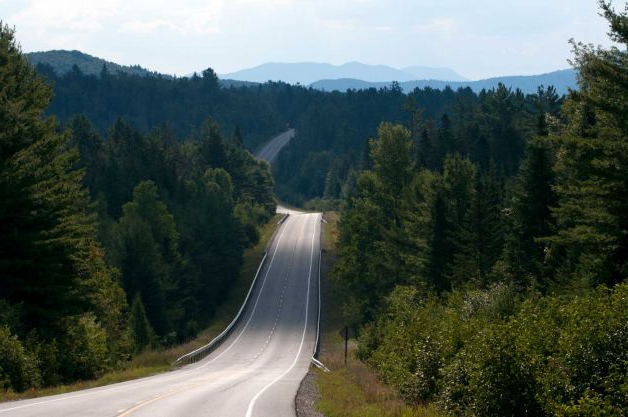
How fast can Russians go along the Don?
What is the allowed speed on the M4? The M4 federal highway with a total length of more than one and a half thousand km is a four-lane highway on the section from Moscow to Voronezh. According to Avtodor, 918 km of the highway correspond to the Speedway class, 101 km to the Highway class, 100 km to the usual type of road (four-lane non-high-speed road with a central dividing strip).
Avtodor’s plans by 2019 to turn the M4 highway into a fully four-lane highway with multi-level interchanges. The speed limit of 110 km / h is allowed in paid areas from elev. 225 km to the mark 260 km (detour of Bogoroditsk), from elev. 287 km to the mark 321 km (detour of Efremov) and 330-414th km (detour of Yelets and the village of Yarkino), 414-460th km (detour of Zadonsk).

In addition, the permissible speed on the Don highway of 130 km / h is set on a paid section - 48-71 km (in the Moscow Region), as well as on free sections from the mark. 113 km to the mark 120 km and from mark 76 to mark 103 km.
And what in this regard in the West?
What is the permitted speed on the track in most European countries? Oddly enough, but the numbers here are the same as in Russia - a maximum of 130 km / h. But the fact is that most of the roads are precisely highways along their entire length. They bypass the boundaries of settlements and do not have traffic control. True, for the most part they are paid.
Separately, Germany should be noted. On the part of its famous autobahns, there is no speed limit at all, and 130 km / h is not the maximum permitted, but recommended, although still the maximum speed. But half of all German roads have strict speed limits from 80 to 130 km / h.
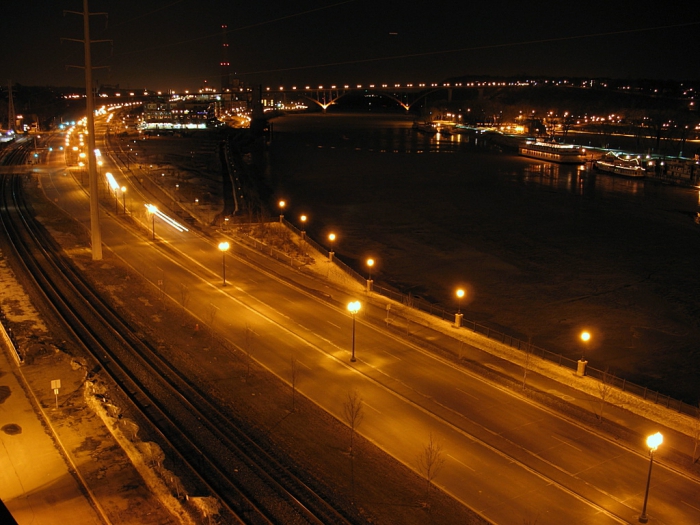
But do Russians need to accelerate too much on the tracks?
According to the classic of domestic literature, every Russian loves a fast ride. But if he goes fast on old “Lada” cars, then it’s not far from trouble. Even if under our rider a used or assembled foreign car in Russia! After all, the quality of these cars and their maintenance are still far from the European level. And if you allow (in the future) the Russians to accelerate on the tracks (the quality of which is also in doubt) to 150 km / h (taking into account the “twenty”, plus the drivers in the mind), then this is a direct threat to their life and traffic safety.
Therefore, according to many auto experts, increasing the permitted speed for any country roads in Russia to 130 km / h is excessive and should be selective, depending on the quality of each particular route.
How do we punish lovers of too fast a ride?
Unlike personal income tax, which remains at a rate of 13% for any individual’s income, the fine for an excess speed increases significantly as the offender “breaks” from its maximum allowed value. So, if it "comes off" at 20-40 km / h, then the pleasure will cost half a thousand rubles, at 40-60 km / h - from one to one and a half thousand, at 60-80 km / h - from two to two and a half thousand rubles (or may be deprived of rights for six months), more than 80 km / h - five thousand rubles or deprivation of rights for six months. Relapses with an excess of 60 km / h or more will lead to loss of rights for a year, but if the inspector did not catch the violator, but only recorded a video or photo recorder, then you can pay only five thousand rubles in fine.








